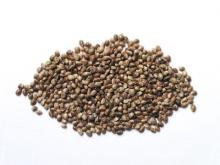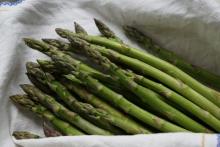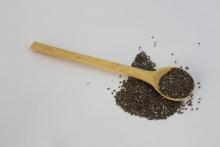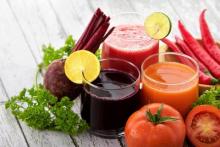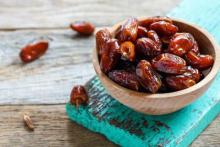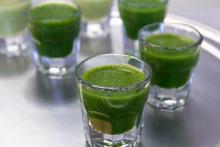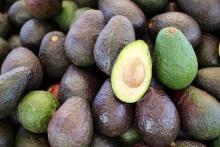Superfood 101: Hemp Seeds!
The hemp plant has been cultivated for approximately 12,000 years and is one of man’s earliest crops. The benefits of the seeds have been known for about 3000 years, where it has been used medicinally and is a dietary mainstay in China. Hemp seeds are a compete protein containing all twenty amino acids.

